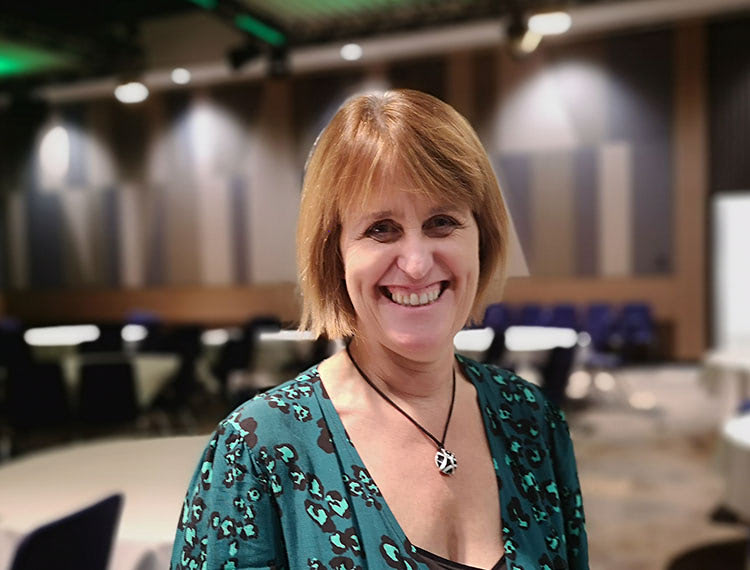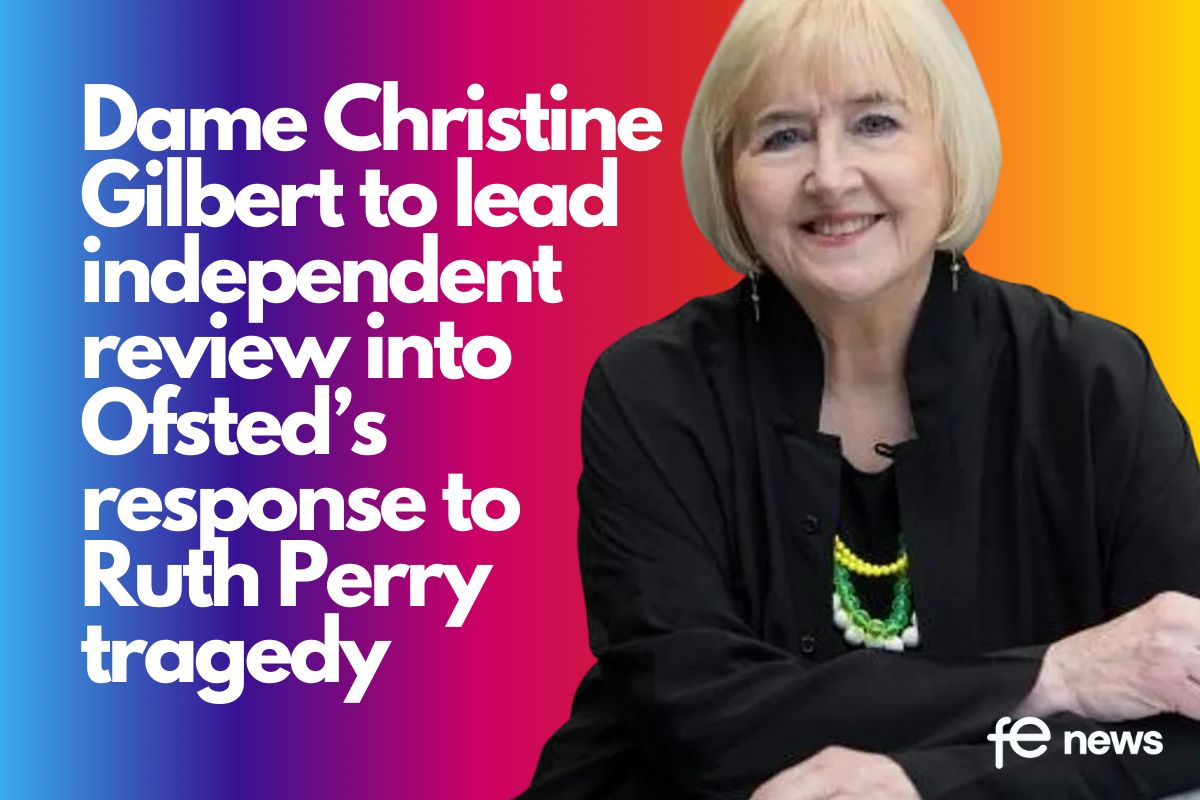So what is the Further Education system?

If you ask this question to your friends and family, you might get “it’s when you go to college to train to be a hairdresser” or “my neighbour does a bit of flower arranging at the community centre.
Is that Further Education?
And yes, those answers are right but Further Education (FE) is so much more.
Last year I was talking to a Local Schools Network together with the Careers Enterprise Company (CEC).
We were promoting the importance of high-quality information, advice and guidance to school leavers.
A teacher said to me, “well that’s all well and good but our local college doesn’t offer the courses our young people want.”
It dawned on me that a lot of people just don’t know what FE is and what exciting education and training opportunities the sector has to offer.
This is completely understandable when you start to describe the huge diversity of provider types, including specialist colleges, independent training providers, local authority and community learning to name just a few that are available.
And then add the vast array of different courses and qualifications these different providers offer; you can see the reasons why there isn’t universal understanding of what is meant by ‘FE’.
So what is the FE sector?
We then set about creating a guide to tackle this issue at the Education and Training Foundation (ETF). As the sector-led, workforce development body for the FE sector our role and focus is to commission and deliver professional learning and development for the sector’s teachers, leaders, trainers and assessors to improve education and training for learners aged 14 and over. We hadn’t previously produced any resources to help potential learners continue their education journey in our sector. But without learners there wouldn’t be the need for the workforce we support.
Our new guide, So what is the FE sector?, funded by the Department for Education and developed with Ofqual, was therefore created to increase knowledge and understanding of the different types of organisations, the range of courses available, together with an outline of the qualifications offered within the sector for:
- Those who want to carry on or return to learning
- Family members, friends or carers who want to understand where to start looking to support others in continuing with their education
- Teachers who want to make sure that their learners really understand the broad range of options in FE available to them
- Those considering a career in teaching as they might want to join the FE teaching workforce.
Where FE sits in the education landscape
It’s the area that sits between and next to schools and universities that isn’t always thought of or seen initially. In its generally quiet (but increasingly not so) and understated (and sadly sometimes ignored) way, it is changing the lives of people from all parts of the community, young and old, in settled and newly arrived communities. The sector is there offering support so people can achieve their potential and feel good about themselves.
You can go to university through the FE route
It can develop your skills so you can get that job you wanted. It can help you to develop educational and industrial knowledge whilst making friends at the same time and much more. Personally, in my 20s I studied my A levels in classes offered in our local primary schools – an idea from one of our FE college.
The youngest person in the class was 18 and the oldest were a couple who were in their late 70s. We used to joke that we were encouraging the primary school kids to learn as when they saw us, they must have thought, “we don’t want to still be coming to school at their age!”
However, we now understand that people carrying on learning throughout their lives is exactly what our nation’s workforce needs – lifelong learning is a reality.
Today, FE is even more important than it ever has been
With the technological revolution and the recognition of new national and worldwide challenges, for example, climate change, new knowledge and skills for the future are required. We need to provide opportunities and harness the ideas from everyone in society.
The government has recognised the need to increase technical skills within our workforce and the introduction of T Levels in 2020 is one of many welcome initiatives to address this. And where are T Levels nearly all being offered? Why in the FE sector of course.
The difficulty in defining the FE system
This change highlights just how difficult it is to define the FE system as it is subject to constant change. Across the months of writing our guide, there were at least two new qualifications introduced into the system, and change is likely to continue. However, our guide is an excellent starting point for those who want to understand what the FE system is. We’ve had excellent feedback from those working in the sector who themselves hadn’t appreciated how diverse it is.
We hope this guide helps you to make choices that take you and those you support to where they want to be. At the ETF we will continue to support the FE Sector and its workforce to make sure the outcomes of the learners that come into our sector continue to improve.
Teresa Carroll, the Education and Training Foundation’s National Head of Inclusion












Responses